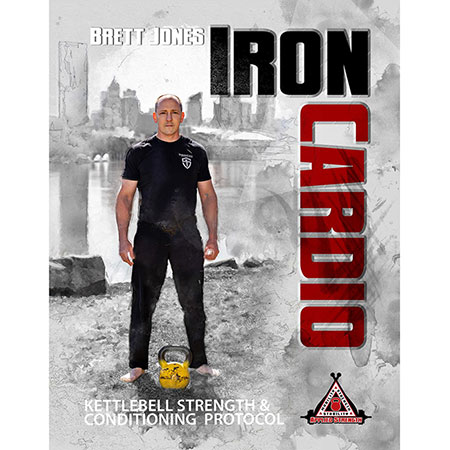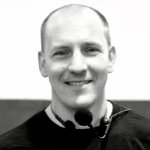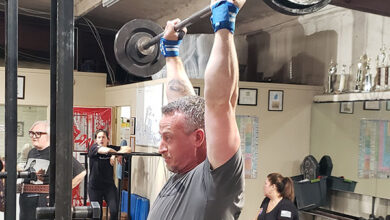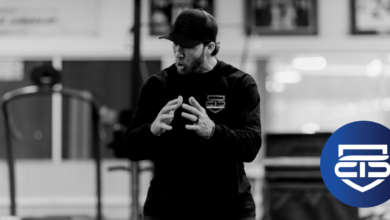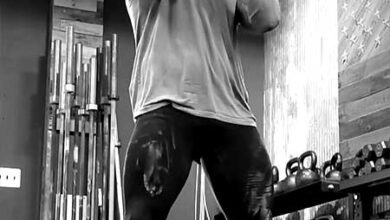The “No-Plan” Plan | StrongFirst
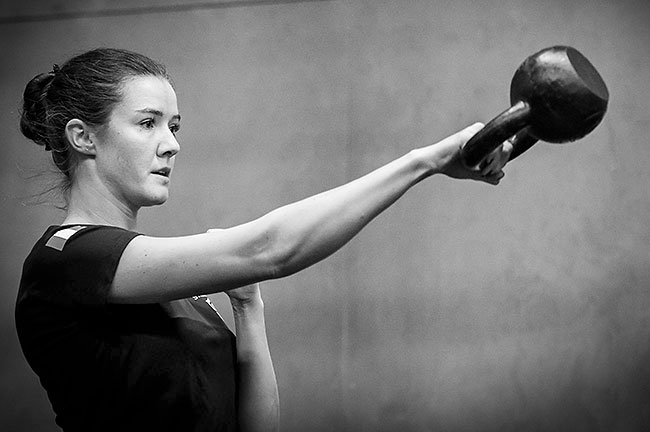
I’m about to make a potentially heretical and controversial statement. Ready?
Here we go—You don’t need a goal.
And what’s more…you don’t need a plan.
Let’s all take a moment to catch our collective breath.

A student once said to me, “I need a goal.”
And my response was, do you? Do you need a goal? Is that the only reason you train?
Now, if having a goal is the only reason you train, imagine, if you will (cue Twilight Zone music), a world where you train because you enjoy training. You want to enjoy the process and embrace the journey over the destination.
How would you train then?
The issue with goals, especially those with a specific date, is that they place you in a position of forcing adaptation instead of allowing it. Forcing adaptation is the unrealistic expectation that progress will be linear and culminate on the expected day producing the expected result. Forcing adaptation can lead you to ignore StrongFirst Stop Signs and warning signs and push through when you shouldn’t.
Besides, when did you last enjoy being forced to do something?
The flip side of this is allowing adaptation. Like practicing a musical instrument, allowing adaptation embraces the practice and the idea that progress will happen “on its own.” The most significant challenge to allowing adaptation is time. As the memes note, every challenge presents an opportunity. The opportunity is to release yourself from the “end date” and let the goal come to you, so to speak.
Tristan Walker, StrongFirst Elite Certified Instructor, (one of my students) was preparing to pass the SFB, but we chose a different path instead of selecting a date and trying to force the adaptation into a time frame. We agreed that the one-arm pushup strength test requirement (OAPU), and technically the one-arm/one-leg pushup (OAOLPU) for him, would happen when it happened. Then we could stabilize the gains into a repeatable effort and go into the SFB confident of the result—choosing to allow the adaptation.
The result? His OAPU came out of nowhere while showing a family member that he was close to his OAPU. When he got down to show how close he was, he knocked out his first unassisted OAPUs, and we quickly progressed to the OAOLPU. By the time he attended the SFB, it was with confidence.
The training was simple: 3-5 reps for 3-5 sets of assisted OAPU, progressing when the RPE dropped, or when sets of 5 were achievable. There was no timetable or end date; adaptation was allowed over time.
As a side note, time is where the most significant mistakes occur when trying to achieve a goal. Whether it’s an OAPU, military press strength test, or the SFL standards, insufficient time and the need to hit a specific date forces adaptation and can create many issues. Remove the date and let the goal come to you. Stabilize the gains into a repeatable 70-80% effort, and “Bob’s your uncle,” as the Brits say.
Of course, there are instances when specific dates and time frames are unavoidable, whether we need to hit a powerlifting meet, an SFG I snatch test, or an SFB certification. The problem comes when an arbitrary time to prepare is imposed. It’s like trying to go from 8-16kg below your half-bodyweight press to the SFG II in 8 weeks.
Watch out.
It would be better to allow the adaptation to occur and have been on the journey for months beforehand. Coast into the event, don’t crash into it.
But what about plans?
From Bong Joon-ho’s movie Parasite:
“You know what kind of plan never fails? No plan at all. You know why? If you make a plan, life never works out that way.” Because: “With no plan, nothing can go wrong.”
No plan does not mean no action or work, and it doesn’t mean random acts of variety. No plan means work and adaptation.
It takes planning but not plans.
“In preparing for battle, I have always found that plans are useless, but planning is indispensable.”—Dwight D. Eisenhower
Planning for the no-plan plan could look something like this.
I plan to participate in Simple & Sinister January. I will do Iron Cardio three days a week (incorporating my S&S January swings and get-ups) and hit my S&S swings and get-ups on the other four days.
Iron Cardio options:
- Classic IC + 5 one-arm swing x 40 sets (equals 20 sets of IC and 20 sets of swings)
- Traveling 2s + 5 one-arm swings x 40 sets
- Sliding single + 5 one-arm swings x 40 sets
- Alternating weight IC + 5 one-arm swings x 40 sets
- Double kettlebell IC + 5 one-arm swings x 40 sets
- Double kettlebell traveling 2s IC + 5 one-arm swings x 40 sets
Some notes:
- Swings can be two-arm swings on any day.
- Get-ups will be incorporated before the IC work.
- Loading will vary with the IC work focused on the 36kg, 32kg for lighter or higher volume work, and the 40kg might make an appearance. (Maybe.)
S&S options:
- 10 x 10 Timeless
- 5 OTM x 20 sets (on the minute)
- 10 E1.5min x 10 sets (a set every minute and a half)
- 20 E3.5min x 5-6 sets (a set every three and a half minutes)
- Ladder 10 down to 3 and back up to 10
- Do this with two-arm swings or start the first ladder with the right arm and the second ladder with the left arm, alternating arms each set
- Iron Cardio + Swing
- Clean + Press +Squat > rest > 5 one-arm swings > rest > repeat on the other side—the goal is 40 sets with 20 sets of Iron Cardio and 20 sets of swings
- All options above can be performed as one-arm, hand-to-hand, or two-arm swings
Get-up options:
- One rep OTM x 10 minutes (switch sides each set)
- 1+1 get-up x 5 sets
- Ladder 3+3 > 2+2 > 1+1
- 5+5 x one set
- Reverse get-up (start standing, get down, and return to start)
- Weight ladder—one rep OTM x 10min increasing weight after performing a get-up with each arm
- Alternating weight—1+1 x 5 sets alternating weight each set—lighter weight on odd sets (1, 3, 5) and heavier weight on even sets (2, 4) or vice versa

Loading on S&S days will focus mainly on the 32kg, with some heavier days if choosing the two-arm swing.
On any given day, I will choose my own adventure, pick a variation and load that seems right for that day, and get to work. While the goal is to hit either S&S or IC + swings daily, I may miss a day here or there due to work, etc. Life happens.
Where will I end up after January? We shall see, and then a shift of focus will be made in February. I am planning to continue, but I have no plan.
Keep us posted on your S&S January on the StrongFirst Forum and take the Kettlebell Simple & Sinister online course.

Or read the book to learn about Kettlebell Simple & Sinister.
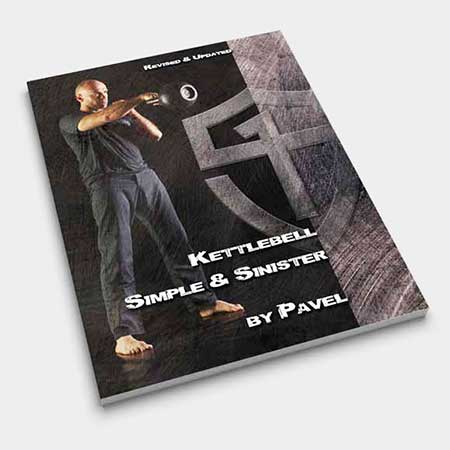
If you’re interested in incorporating Iron Cardio, it can be found here.
